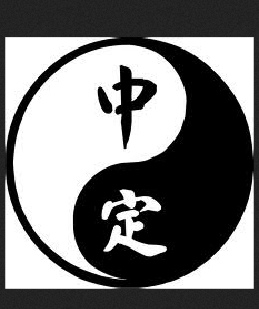

Tai Chi Training at PMATC

OUR MISSION:
To instruct the principles of physical and mental defense, enabling the practitioner to develop techniques for efficient and effective self defense, by maintaining an instructional, training, and testing environment that will enable each individual the opportunity to pursue and achieve the highest level of Martial skill they are capable of.
CONTACT
Tel: 337.376.6509
1752 Center St.
New Iberia, LA 70560
SOCIAL
REGISTER HERE
Ask about our
COMPLIMENTARY
Class.
Tai Chi
Tai chi developed in China in about the 12th century A.D. It started as a martial
art, or a practice for fighting or self-
Over time, people began to use tai chi for exercise purposes as well. Many different
styles of tai chi, and variations of each style, developed. The term "tai chi" has
been translated in various ways, such as "internal martial art," "supreme ultimate
boxing," "boundless fist," and "balance of the opposing forces of nature." While
accounts of tai chi's history often differ, the most consistently important figure
is a Taoist monk in 12th-
A person practicing tai chi moves their body in a slow, relaxed, and graceful series of movements. One can practice on one's own or in a group. The movements make up what are called forms (or routines). Some movements are named for animals or birds, such as "White Crane Spreads Its Wings." The simplest style of tai chi uses 13 movements; more complex styles can have dozens.
In tai chi, each movement flows into the next. The entire body is always in motion,
with the movements performed gently and at uniform speed. It is considered important
to keep the body upright, especially the upper body-
In addition to movement, two other important elements in tai chi are breathing and
meditation: A conscious mental process using certain techniques -
- Massaging the internal organs.
- Aiding the exchange of gases in the lungs.
- Helping the digestive system work better.
- Increasing calmness and awareness.
- Improving balance.

Other Key Beliefs in Tai Chi
Certain concepts from Chinese philosophy were important in tai chi's development (although not every person who practices tai chi for health purposes, especially in the West, learns or uses them). A few are as follows:
- A vital energy called chi underlies all living things.
- Chi flows in people through specific channels called meridians.
- Chi is important in health and disease.
- Tai chi is a practice that supports, unblocks, and redirects the flow of chi.
Another concept in tai chi is that the forces of yin and yang; The concept of two
opposing yet complementary forces described in traditional Chinese medicine. Yin
represents cold, slow, or passive aspects of the person, while yang represents hot,
excited, or active aspects. A major theory is that health is achieved through balancing
yin and yang and disease is caused by an imbalance leading to a blockage in the flow
of chi should be in balance. In Chinese philosophy, yin and yang are two principles
or elements that make up the universe and everything in it and that also oppose each
other. Yin is believed to have the qualities of water-